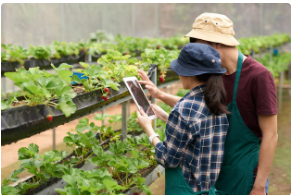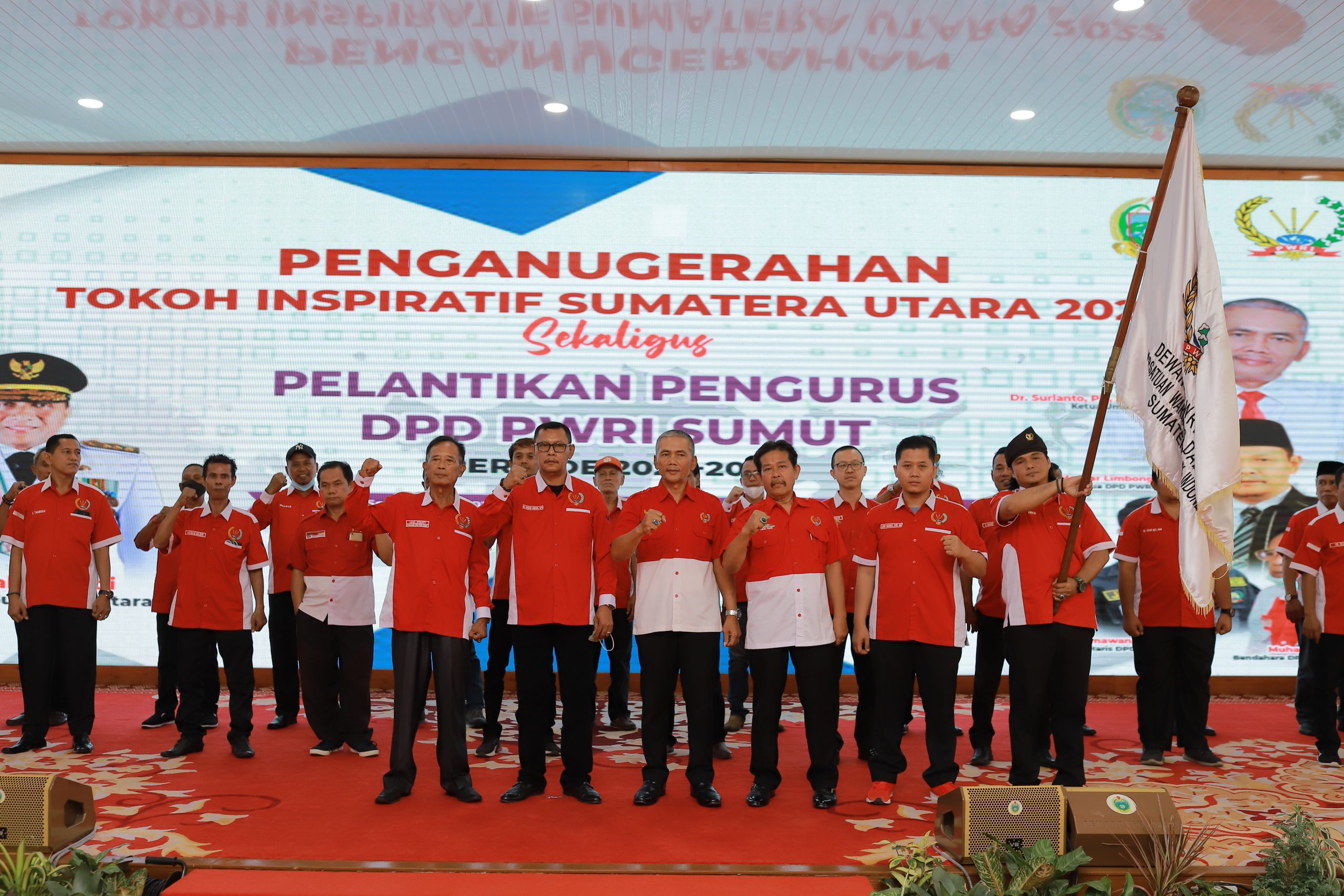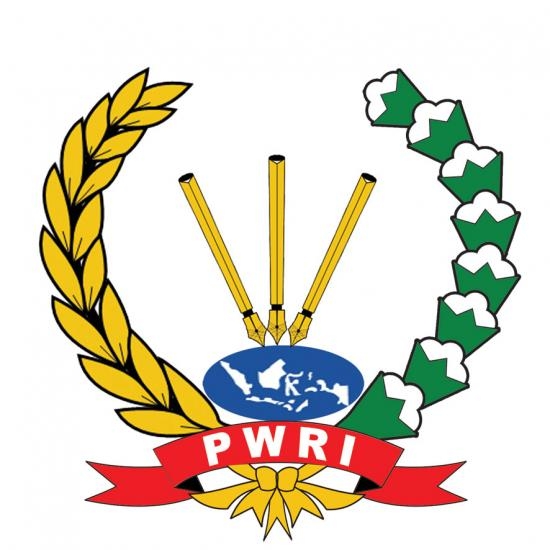Technology has revolutionized many sectors, and agriculture is no exception. Modern farming increasingly relies on advanced technologies to improve efficiency, productivity, and sustainability. From precision farming to smart irrigation and drone technology, innovations are transforming traditional agricultural practices. This article explores the role of technology in modern agriculture, its benefits, and the challenges associated with its implementation.
1. Precision Agriculture
Precision agriculture, also known as precision farming, involves using technology to optimize crop yields and reduce waste by applying precise amounts of inputs (such as water, fertilizers, and pesticides) exactly where and when they are needed.
- GPS Technology: Global Positioning System (GPS) technology enables farmers to map fields and track equipment with high accuracy. GPS-guided machinery can perform tasks such as planting, spraying, and harvesting with precision, reducing overlap and minimizing waste.
- Soil Sensors: Soil sensors provide real-time data on soil conditions, including moisture levels, temperature, and nutrient content. This data helps farmers make informed decisions about irrigation and fertilization, improving crop health and yield.
- Variable Rate Technology (VRT): VRT allows for the application of inputs at varying rates based on the specific needs of different areas within a field. This tailored approach enhances efficiency and reduces the environmental impact of over-application.
2. Smart Irrigation Systems
Water management is crucial in agriculture, and smart irrigation systems leverage technology to optimize water use, improve crop yields, and conserve resources.
- Automated Irrigation: Automated irrigation systems use sensors and controllers to manage watering schedules based on real-time data, such as soil moisture and weather conditions. This ensures that crops receive the right amount of water without unnecessary wastage.
- Drip Irrigation: Drip irrigation delivers water directly to the plant roots through a network of tubes and emitters. This method reduces water loss due to evaporation and runoff, making it highly efficient and effective, especially in arid regions.
- Weather-Based Irrigation: Weather-based irrigation systems use weather forecasts and historical data to adjust watering schedules. By accounting for rainfall and temperature variations, these systems help optimize water usage and prevent over-irrigation.
3. Agricultural Drones
Drones are increasingly being used in agriculture for a variety of applications, providing valuable data and insights to support decision-making.
- Aerial Imaging: Drones equipped with high-resolution cameras capture detailed aerial images of fields. These images can be analyzed to assess crop health, detect pests and diseases, and evaluate overall field conditions.
- Crop Monitoring: Drones can monitor crop growth and development, providing real-time information on plant conditions. This data helps farmers identify issues early and take corrective actions to improve crop performance.
- Precision Application: Drones can be used for precise application of inputs, such as fertilizers and pesticides. This targeted approach reduces chemical use and minimizes environmental impact.
4. Farm Management Software
Farm management software integrates various technological tools and data sources to streamline farm operations and improve decision-making.
- Data Analytics: Farm management software collects and analyzes data from various sources, including sensors, GPS devices, and weather stations. This data-driven approach helps farmers make informed decisions about planting, harvesting, and resource management.
- Record Keeping: The software helps farmers keep detailed records of their operations, including planting schedules, input usage, and yield data. This information is valuable for tracking performance, complying with regulations, and planning future activities.
- Resource Management: Farm management software provides tools for managing resources such as labor, equipment, and supplies. This helps optimize resource allocation and improve overall efficiency.
5. Biotechnology
Biotechnology plays a significant role in modern agriculture by developing crop varieties with enhanced traits and improving agricultural practices.
- Genetically Modified Organisms (GMOs): GMOs are engineered to exhibit desirable traits, such as resistance to pests, diseases, or environmental stresses. These modifications can lead to higher yields and reduced reliance on chemical inputs.
- Gene Editing: Techniques like CRISPR/Cas9 allow for precise modifications of plant genomes, enabling the development of crops with specific traits. Gene editing holds the potential to address challenges such as climate change and food security.
- Biofertilizers and Biopesticides: Biotechnology also involves the development of biofertilizers and biopesticides, which are natural alternatives to chemical fertilizers and pesticides. These products can enhance soil health and reduce environmental impact.
6. Robotics and Automation
Robotics and automation technologies are transforming agricultural practices by increasing efficiency and reducing labor requirements.
- Automated Machinery: Tractors, harvesters, and other agricultural machinery equipped with automation technology can perform tasks with minimal human intervention. This improves productivity and allows for precise control over farming operations.
- Robotic Harvesting: Robotic systems are being developed for harvesting crops such as fruits and vegetables. These robots can operate continuously, reducing the need for manual labor and improving harvesting efficiency.
- Weed and Pest Control: Robotics can be used for targeted weed and pest control, reducing the need for chemical herbicides and pesticides. Automated systems can identify and address problem areas with precision.
7. Challenges and Considerations
Despite the benefits, the adoption of technology in agriculture faces several challenges:
- Cost: The initial investment in advanced technology can be high, particularly for small and medium-sized farms. Access to financing and cost-effective solutions is essential for broader adoption.
- Technical Expertise: Implementing and managing new technologies require technical knowledge and skills. Training and support are crucial for farmers to effectively use and maintain these technologies.
- Data Security and Privacy: The collection and analysis of agricultural data raise concerns about data security and privacy. Ensuring that data is protected and used responsibly is important for maintaining trust and compliance.
- Infrastructure: Adequate infrastructure, such as reliable internet connectivity and power sources, is necessary for the effective deployment of technology in agriculture. Addressing infrastructure gaps is essential for maximizing the benefits of technology.
Conclusion
Technology plays a transformative role in modern agriculture, offering innovative solutions to enhance productivity, efficiency, and sustainability. From precision agriculture and smart irrigation to agricultural drones and biotechnology, technological advancements are reshaping traditional farming practices. While challenges exist, addressing issues related to cost, technical expertise, and infrastructure can facilitate the broader adoption of technology in agriculture. By embracing these advancements, farmers can improve their operations, meet growing food demands, and contribute to a more sustainable future for agriculture.











